September 27th, 2025 | by Mel Webb
Mel is a multi-disciplinary creative and ultra-endurance adventure cyclist based in Canada. Outside of riding, she hosts and produces the podcast Detours, which shines a light on women in ultra distance racing.
She is also the Media Manager for The Mountain Races series, and this role recently took her to Kyrgyzstan to cover the Silk Road Mountain Race, a 1900km race, across gravel roads, single track trails, with endless mountain and valley views.
Mel has raced this route in the past, so she has a unique perspective on the experience of riding and documenting the same race. Immerse yourself in the mountains and enjoy today’s piece!
Mel is a multi-disciplinary creative and ultra-endurance adventure cyclist based in Canada. Outside of riding, she hosts and produces the podcast Detours, which shines a light on women in ultra distance racing.
She is also the Media Manager for The Mountain Races series, and this role recently took her to Kyrgyzstan to cover the Silk Road Mountain Race, a 1900km race, across gravel roads, single track trails, with endless mountain and valley views.
Mel has raced this route in the past, so she has a unique perspective on the experience of riding and documenting the same race. Immerse yourself in the mountains and enjoy today’s piece!
I’ve had the privilege of returning to Kyrgyzstan three times now, each a brand-new experience that has shaped me in different ways.
In 2022, it was my first-ever bikepacking race—a plunge head-first into the unknown and the world of ultra-endurance bikepack racing In 2024, I lined up again and now, in 2025, I’ve returned in a different role, as Media Manager, helping to tell the story of the race.
I’ve had the privilege of returning to Kyrgyzstan three times now, each a brand-new experience that has shaped me in different ways.
In 2022, it was my first-ever bikepacking race—a plunge head-first into the unknown and the world of ultra-endurance bikepack racing In 2024, I lined up again and now, in 2025, I’ve returned in a different role, as Media Manager, helping to tell the story of the race.
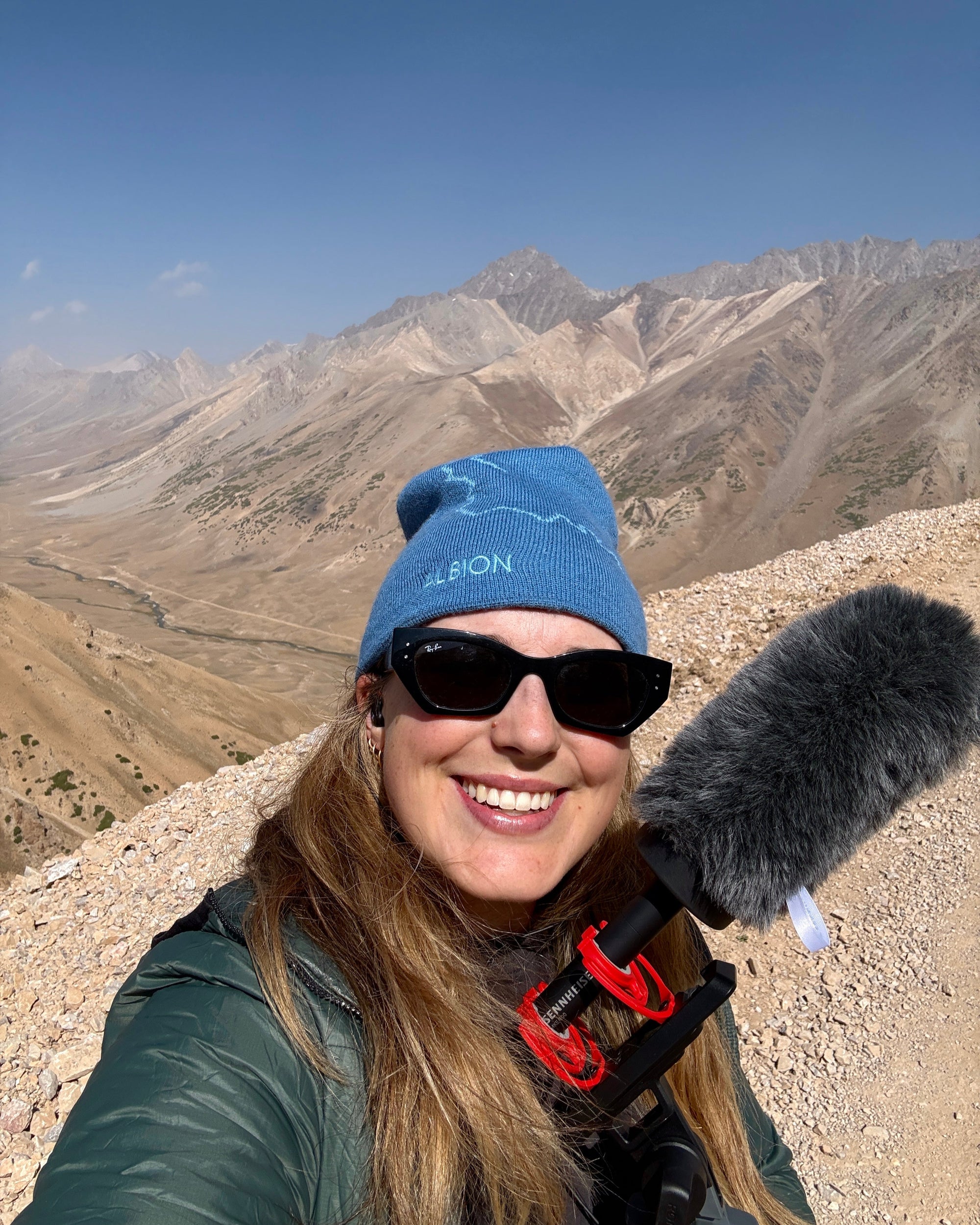

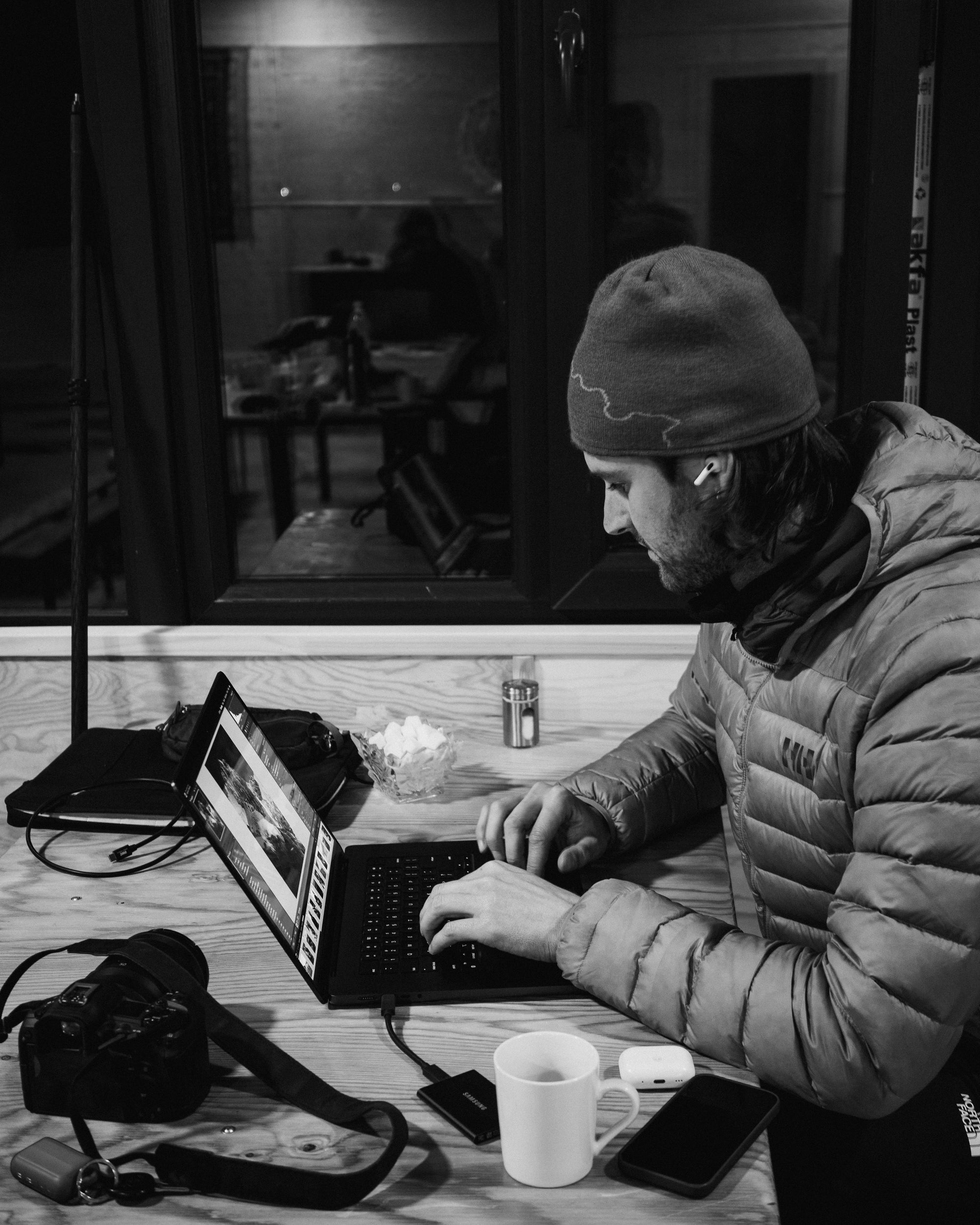

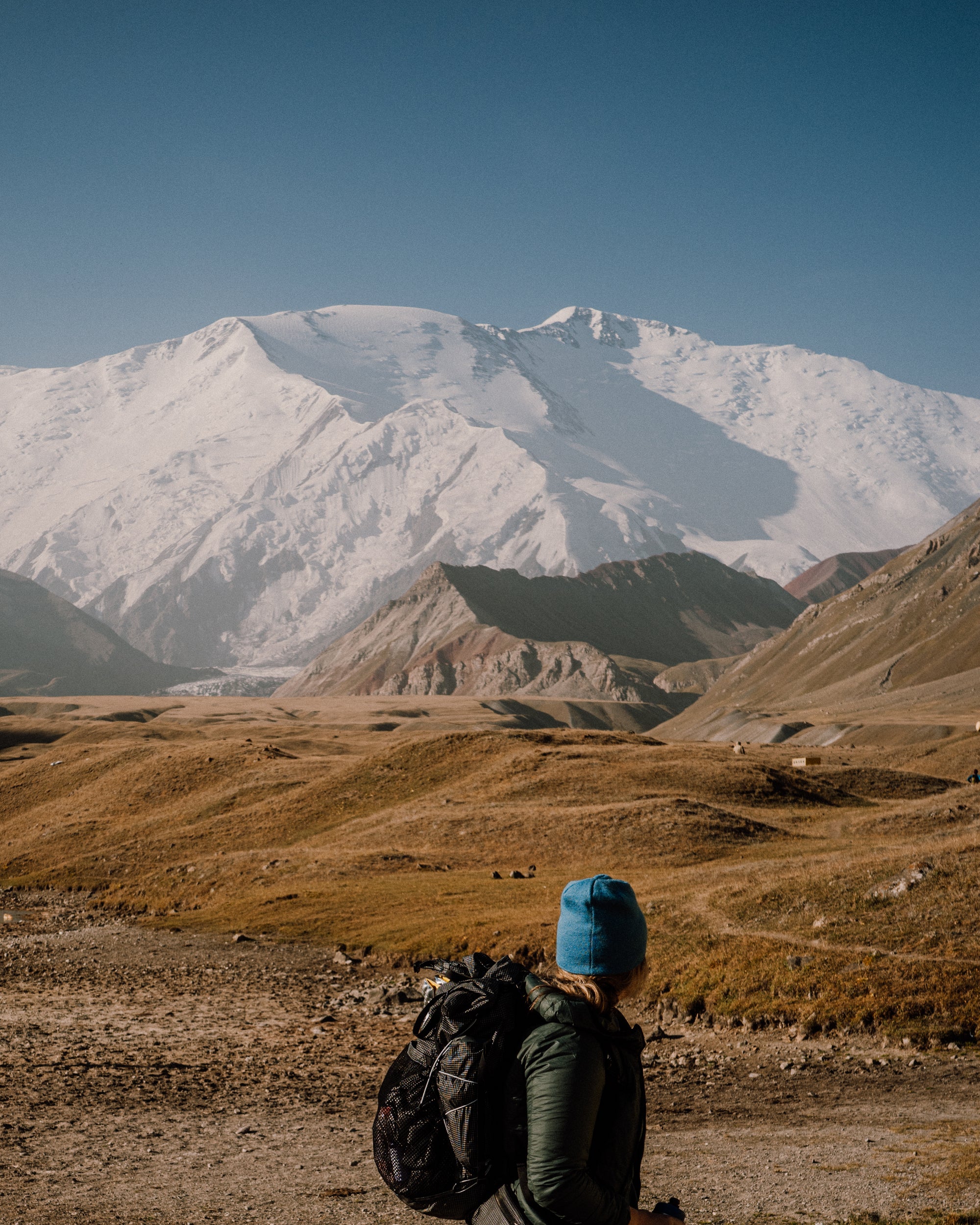

Flash back to 2022: stepping off the plane in Bishkek after more than 24 hours of travel, dazed and bleary-eyed. Manas International Airport was a blur of bodies and sound, busy and bustling, complete sensory overload for someone who had just landed on the other side of the world. The language was foreign to me, the streets outside full of movement, yet everywhere I turned, people were quick to offer help, already showing the warmth and hospitality that would define so much of my time in Kyrgyzstan.
Fast forward to this year, and walking into the registration hall in Osh—the same place where my own journey began—was a full-circle moment. This time there was a sense of familiarity, of being part of a community I’ve come to love. Instead of waiting in line with my bike, I stood behind a microphone and my laptop, part of the media team shaping how others would see and remember the race.
Flash back to 2022: stepping off the plane in Bishkek after more than 24 hours of travel, dazed and bleary-eyed. Manas International Airport was a blur of bodies and sound, busy and bustling, complete sensory overload for someone who had just landed on the other side of the world. The language was foreign to me, the streets outside full of movement, yet everywhere I turned, people were quick to offer help, already showing the warmth and hospitality that would define so much of my time in Kyrgyzstan.
Fast forward to this year, and walking into the registration hall in Osh—the same place where my own journey began—was a full-circle moment. This time there was a sense of familiarity, of being part of a community I’ve come to love. Instead of waiting in line with my bike, I stood behind a microphone and my laptop, part of the media team shaping how others would see and remember the race.
In many ways, racing and documenting couldn’t be more different, and yet there are so many clear parallels. Racing has taught me to function on less sleep (and, just as importantly, how to fall asleep pretty much anywhere on demand when the chance presents itself), to adapt to a different diet, to be a quick problem solver, and to endure day after day. To document might not mean pedalling across mountains, but the truth is, it’s an ultra-endurance effort of its own—fifteen days straight on the job without any real “rest” days, just like the riders.
On the bike, the objective is always forward progress; there’s never much time to linger. In a control car, we have the luxury of chasing the light, sometimes waiting for riders, and revisiting sections of the course as the race unfolds. But there’s also a lot of “hurry up and wait”—hours hurtling along washboard roads just to catch a glimpse of someone, long stretches parked in the mountains waiting for one rider to come through.
As a racer, the experience is intensely personal, almost selfish: it’s just for you. But telling the story of the race demands the opposite. The media exists for others: for the riders who want to remember what they endured, for families refreshing the tracker at home, and for people around the world who dream of lining up one day themselves.
In many ways, racing and documenting couldn’t be more different, and yet there are so many clear parallels. Racing has taught me to function on less sleep (and, just as importantly, how to fall asleep pretty much anywhere on demand when the chance presents itself), to adapt to a different diet, to be a quick problem solver, and to endure day after day. To document might not mean pedalling across mountains, but the truth is, it’s an ultra-endurance effort of its own—fifteen days straight on the job without any real “rest” days, just like the riders.
On the bike, the objective is always forward progress; there’s never much time to linger. In a control car, we have the luxury of chasing the light, sometimes waiting for riders, and revisiting sections of the course as the race unfolds. But there’s also a lot of “hurry up and wait”—hours hurtling along washboard roads just to catch a glimpse of someone, long stretches parked in the mountains waiting for one rider to come through.
As a racer, the experience is intensely personal, almost selfish: it’s just for you. But telling the story of the race demands the opposite. The media exists for others: for the riders who want to remember what they endured, for families refreshing the tracker at home, and for people around the world who dream of lining up one day themselves.
Stepping inside the Control Car has made me a better racer and a better storyteller. Out there, I get to see everyone: the front-runners, the mid-pack, the riders fighting to stay ahead of the snail (there is a virtual snail to illustrate the slowest allowed pace in order to stay ahead of the cutoffs). Watching how each person approaches the race has been its own kind of education. On the creative side, over the 15 days of this year’s Silk Road Mountain Race, I wrote more than 30,000 words across Instagram captions, podcast scripts, and show notes, rarely with any time for rounds of revisions. Working with so little time for each piece forced me to get out of my own way and let go of perfection. I had to write fast, edit on the fly, and trust in what we created as a team. And in many ways, that’s a gift: creativity is a muscle that only gets stronger the more you use it. The best way to grow isn’t to wait for perfect conditions, but by making, every single day.
Stepping inside the Control Car has made me a better racer and a better storyteller. Out there, I get to see everyone: the front-runners, the mid-pack, the riders fighting to stay ahead of the snail (there is a virtual snail to illustrate the slowest allowed pace in order to stay ahead of the cutoffs). Watching how each person approaches the race has been its own kind of education. On the creative side, over the 15 days of this year’s Silk Road Mountain Race, I wrote more than 30,000 words across Instagram captions, podcast scripts, and show notes, rarely with any time for rounds of revisions. Working with so little time for each piece forced me to get out of my own way and let go of perfection. I had to write fast, edit on the fly, and trust in what we created as a team. And in many ways, that’s a gift: creativity is a muscle that only gets stronger the more you use it. The best way to grow isn’t to wait for perfect conditions, but by making, every single day.
But not everything can be captured. A photo can’t tell you how small you feel under a sky that stretches forever. Film and audio can’t reproduce the deeply intimate moments that belong only to the riders themselves. And no combination of words, images, or film can convey the sheer fatigue aching in riders’ muscles—or, for that matter, just how badly everyone smells. Some things are better left a mystery…
Racing is deeply personal, and maybe it’s not meant to be fully shared. In a world where we expect everything instantly, part of our job is to show what’s happening in the race—enough to invite people in, stay up to date and feel connected to the riders—but also to leave space for imagination, preserving elements of the experience just for those taking part in the event.
But not everything can be captured. A photo can’t tell you how small you feel under a sky that stretches forever. Film and audio can’t reproduce the deeply intimate moments that belong only to the riders themselves. And no combination of words, images, or film can convey the sheer fatigue aching in riders’ muscles—or, for that matter, just how badly everyone smells. Some things are better left a mystery…
Racing is deeply personal, and maybe it’s not meant to be fully shared. In a world where we expect everything instantly, part of our job is to show what’s happening in the race—enough to invite people in, stay up to date and feel connected to the riders—but also to leave space for imagination, preserving elements of the experience just for those taking part in the event.
What the media can do is awaken the senses. With each medium, we have the chance to use our imagination to evoke what we want people to feel. A camera lens can show the immensity of a mountain pass, or the emotion etched across a rider’s face. Through photo and video, the choices of composition and editing can shift how a moment lands. A microphone can catch the crack in a rider’s voice when they’re stretched to their absolute limit. And with the podcast, we layer words, music, and sound to paint a picture that listeners complete in their own minds—closing their eyes, each person will see something entirely different, like a dream unfolding.
That’s what excites me most: the creativity that goes into every piece of media we make as a team. Every caption, every image, every sound design choice is an opportunity to do something new, to tell the story in a way that brings people closer. And if, even for a second, someone feels transported—like they’re out there in the mountains with us—then we’ve done our job.
The race itself is an incredibly intense stretch of time, but once it’s over—at least I can say for myself—when the sleep deprivation fades and daily life settles back in, I find myself missing the adrenaline, the camaraderie, and the magic of being in the mountains. Even though it’s exhausting, it’s also where I feel most inspired and most creative.
And that’s why it’s worth it. Because for a brief stretch, we get to open a window into these mountains and capture riders at their rawest and doing something that they love. Riders tell us the media transports them back into those moments with all the feelings they had then. Families write to say how much it meant to follow along. Others share how the race inspired them to do something they never thought possible.
For me, that’s reward enough—that riders feel seen and celebrated, and that others might look at what they’ve done and think, maybe I could try that too.
What the media can do is awaken the senses. With each medium, we have the chance to use our imagination to evoke what we want people to feel. A camera lens can show the immensity of a mountain pass, or the emotion etched across a rider’s face. Through photo and video, the choices of composition and editing can shift how a moment lands. A microphone can catch the crack in a rider’s voice when they’re stretched to their absolute limit. And with the podcast, we layer words, music, and sound to paint a picture that listeners complete in their own minds—closing their eyes, each person will see something entirely different, like a dream unfolding.
That’s what excites me most: the creativity that goes into every piece of media we make as a team. Every caption, every image, every sound design choice is an opportunity to do something new, to tell the story in a way that brings people closer. And if, even for a second, someone feels transported—like they’re out there in the mountains with us—then we’ve done our job.
The race itself is an incredibly intense stretch of time, but once it’s over—at least I can say for myself—when the sleep deprivation fades and daily life settles back in, I find myself missing the adrenaline, the camaraderie, and the magic of being in the mountains. Even though it’s exhausting, it’s also where I feel most inspired and most creative.
And that’s why it’s worth it. Because for a brief stretch, we get to open a window into these mountains and capture riders at their rawest and doing something that they love. Riders tell us the media transports them back into those moments with all the feelings they had then. Families write to say how much it meant to follow along. Others share how the race inspired them to do something they never thought possible.
For me, that’s reward enough—that riders feel seen and celebrated, and that others might look at what they’ve done and think, maybe I could try that too.
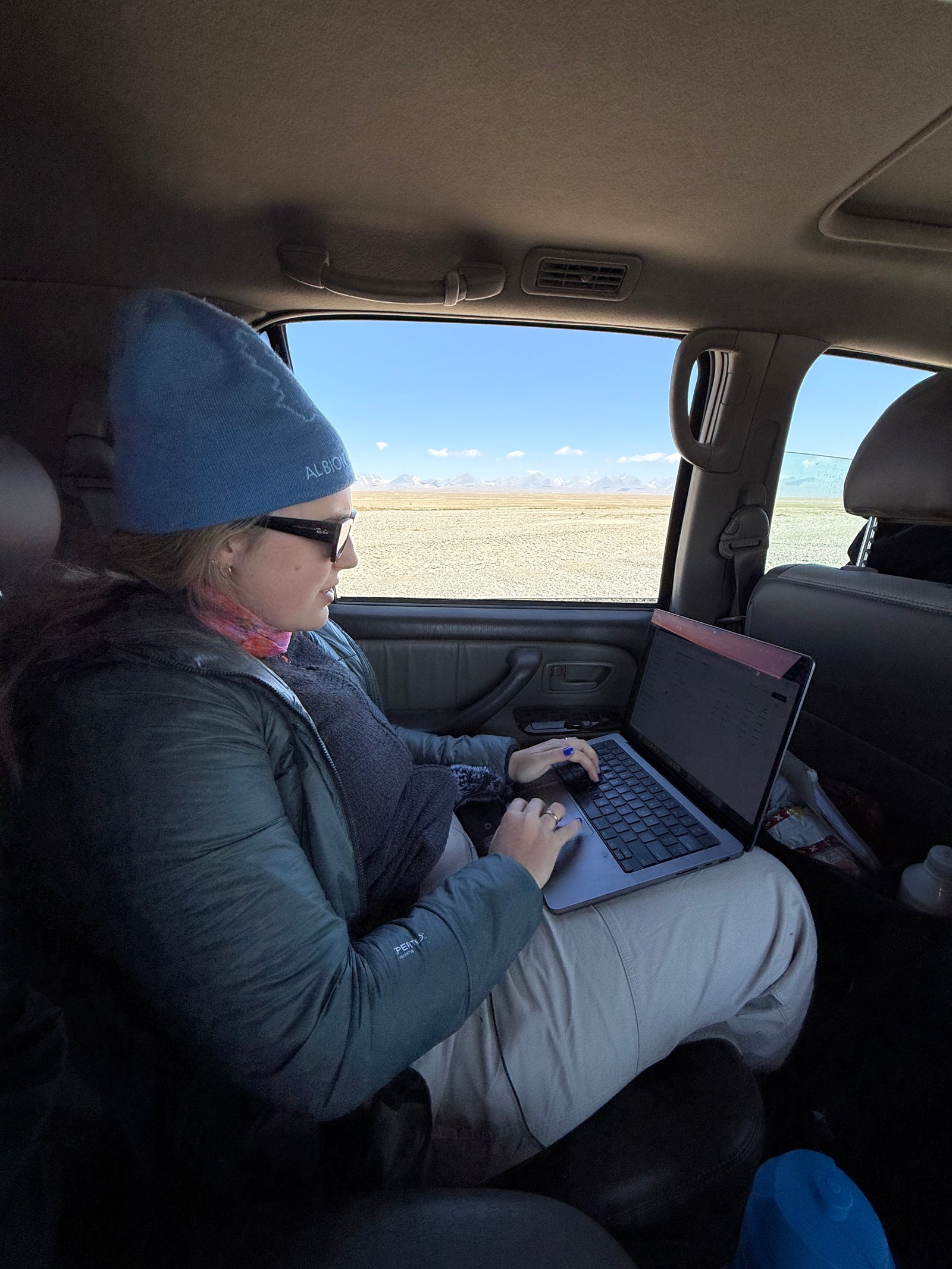
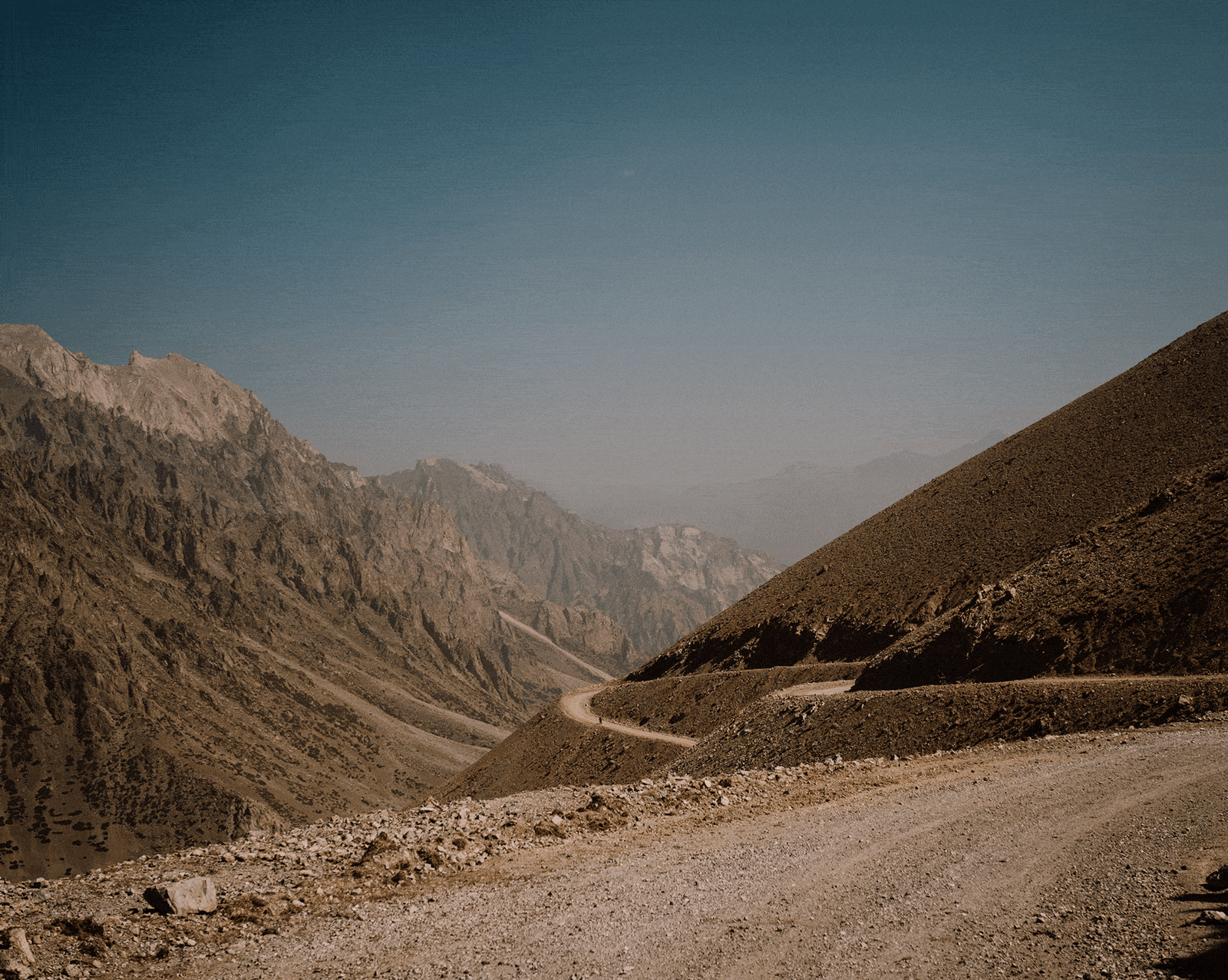
Leave a comment (all fields required)